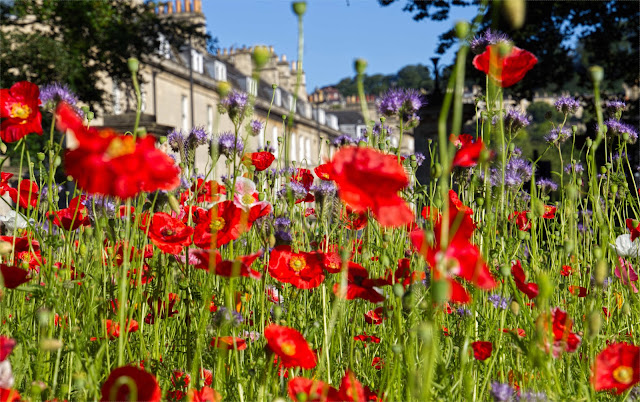This evening, Pete Shaw, of our own parish, gave a talk on how to use flash to achieve straightforward portrait photography shots.
Studio flash units are mains powered, big, heavy and expensive. A cheaper, more portable alternative is the Speedlight. "Speedlight" is Nikon's name, "Speedlite" is Canon's, although the term has now become somewhat more generic, although "strobe" and just "flash" are popular, interchangeable, terms.
In past times, the major camera manufacturers made their own proprietary units which were only compatible with their own cameras (the pin configuration on the camera's hotshoe being different). More recently, the same manufacturers have stopped producing new units as the alternatives from companies like Godox or Nissin are so good (and so much cheaper), they just can't sell their own units any more.
Units are often powered by AA batteries (in which case use Eneloop rechargeables), although occasionally they may take proprietary rechargeable batteries.
Using a Speedlite on a camera gives results somewhat like putting a rabbit into full beam headlights - lighting is flat, stark and unflattering. Generally it is better to take the flash unit off-camera. This is possible with cables (which are usually really expensive), but units these days use either a sophisticated pre-flash to talk to one another, or more commonly, radio frequencies (RF).
RF units invariably operate on a number of different "channels" so if you're controlling your flash units, you won't accidentally start controlling anyone else's nearby.
A unit (essentially a transmitter) invariably placed in the camera's hotshoe is the "controller" or "trigger" while the actual flash guns themselves can be referred to as "slaves". Individual flash guns can be placed into "groups" and controlled collectively.
The next thing to consider is how to support your off-camera flash. Lighting stands are a popular solution, with an important consideration being the proportion of the leg length to what you want to support - heavier loads require longer legs. Although you may consider the average flash unit to be very lightweight, don't forget the additional weight of umbrellas, softboxes, etc.
Use a translucent umbrella to either fire the flash through, or as a big reflector to bounce light back.
 |
Bouncing light off a translucent umbrella
© https://fstoppers.com/ |
 |
Firing light through a translucent umbrella
© https://fstoppers.com/ |
Bigger umbrellas mean softer light. The only problem with translucent umbrellas, light is lost in directions you might not want, so perhaps a reflecting umbrella might be a better option (all the light is bounced back):
 |
Reflecting umbrella
© https://westcottu.com/the-essential-guide-to-photo-umbrellas |
Another alternative is to use a softbox, which also guarantees light only goes in the direction you want: |
EzyLite Fluorescent Softbox
© Pixapro |
They tend to be more expensive compared to umbrellas, but are getting cheaper all the time.Whatever your source of light (umbrella or softbox) you choose, it will tend to give harsh lighting across the face, leaving one side in almost darkness. To illuminate the other side, you may want another flash setup, but a cheaper alternative is to use a reflector, which come in various shapes and sizes:
 |
Combined diffuser, reflector, background
|
For convenience, these should be supported by another stand.
The aim is to get a one or two stop light difference between the two sides of the face. Also, never forget the inverse square law, which says if you increase the distance between the light source and your subject, light levels will fall off by the square of the distance.
To add a final touch and achieve a perfect portrait image, a source of light falling on the the hair gives separation from the background. You may also want to illuminate the background as well.
Use softer light for women, harsher light for men. An 85mm lens (on full frame) is about the minimum that should be used, as anything wider might give rise to perspective distortion (things closer to the lens, like hands, tend to look much larger than they are).
The overall lighting setup would look as follows:
Camera shutter speed should always be set to "X" (the camera's flash sync speed). Choose your aperture wisely, as this will effect your depth of field. Also, don't forget to set your white balance to flash.Finally remember that although it may be better to stick to these rules when starting, rules are made to be broken. Here are some resources to refer to:
https://rangefinderonline.com/news-features/tips-techniques/off-camera-flash-for-portraits/
https://strobist.blogspot.com/2006/03/lighting-101.html
and YouTube can also be a good source of information:
https://www.youtube.com/watch?v=tZKXYqhcNHQ
https://www.youtube.com/watch?v=nuoc53wcnbc











































